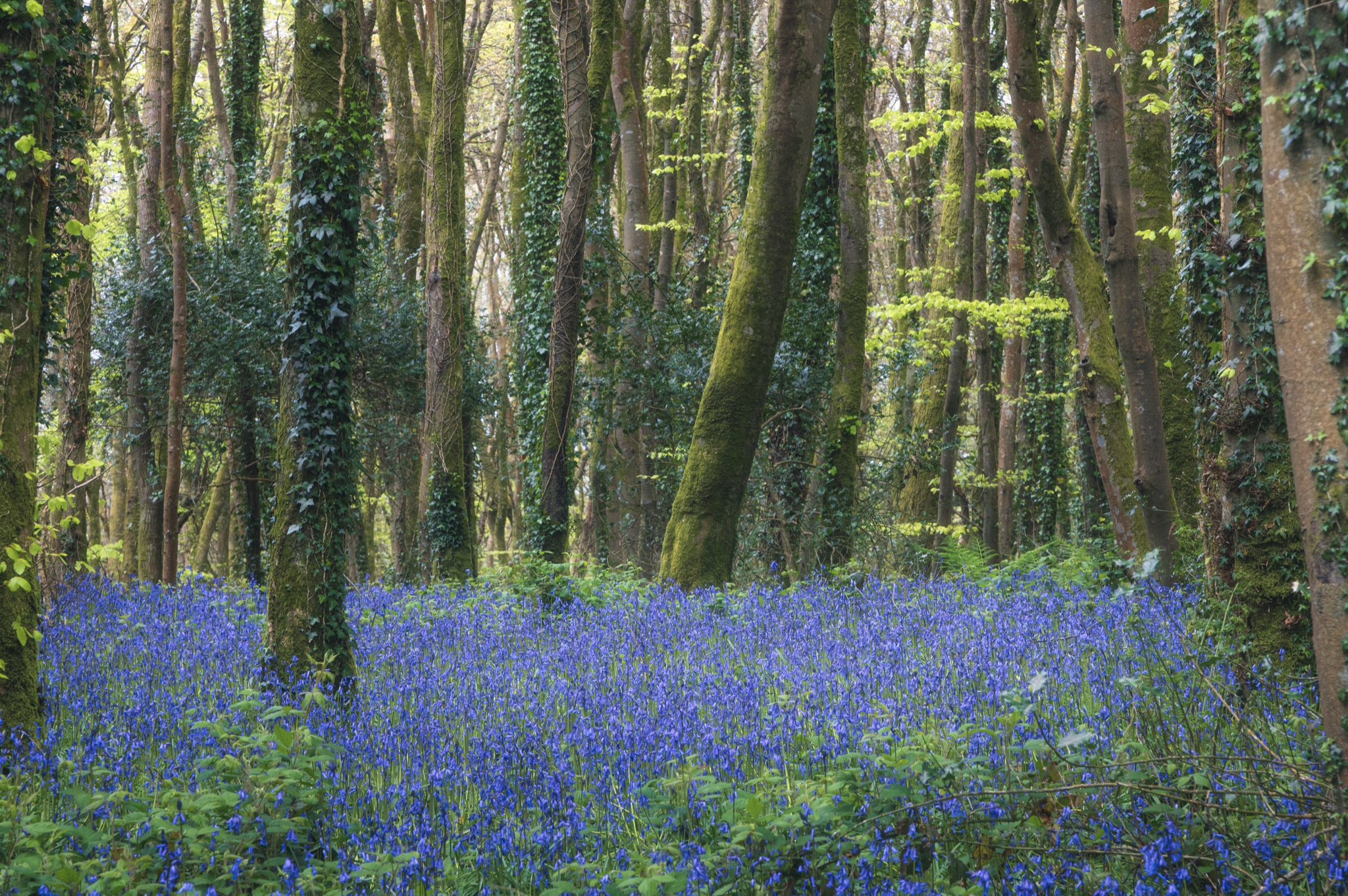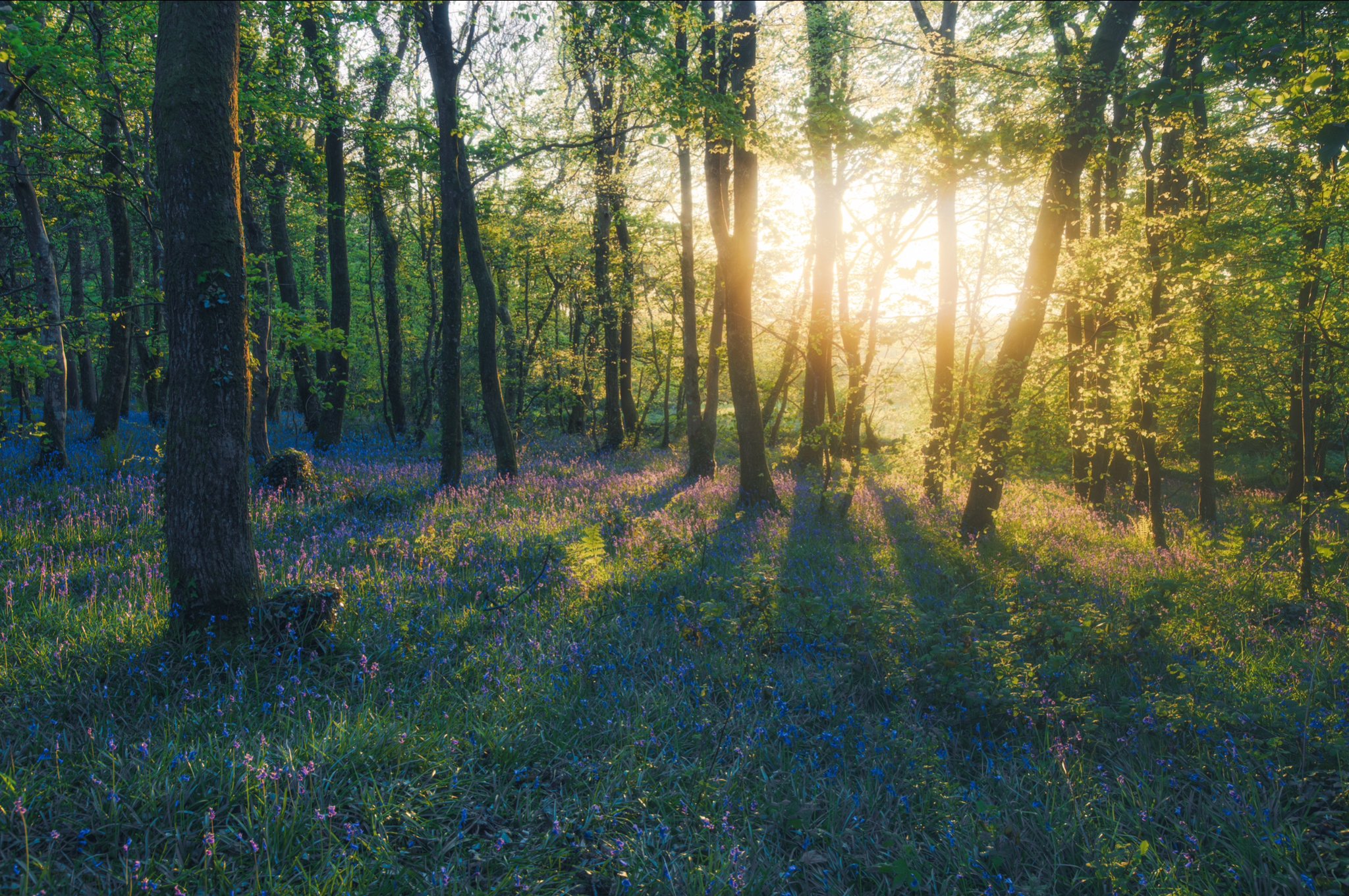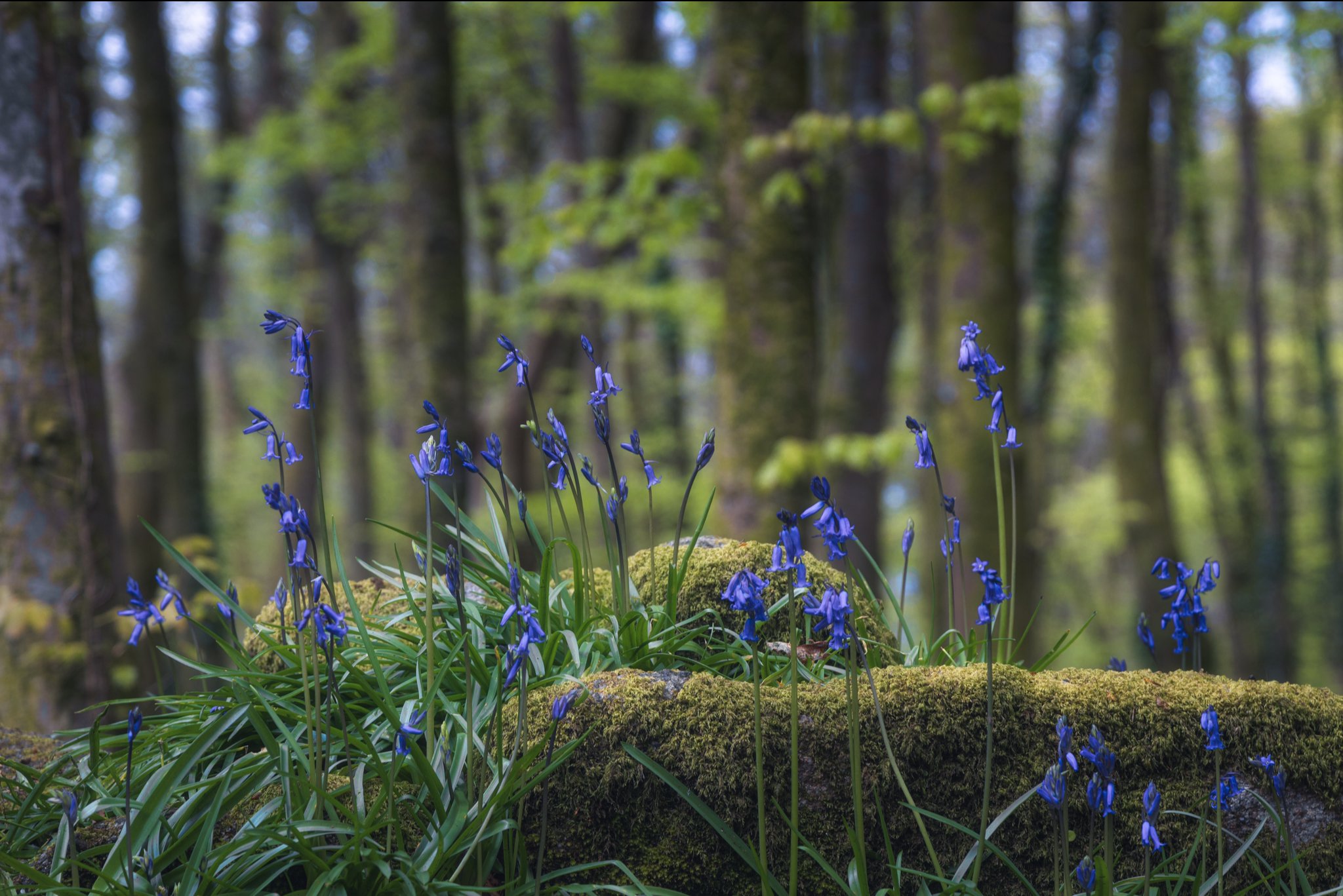The Magic of Bluebells
Shooting Bluebells in the Woods: Capturing the Magic of Spring
As spring awakens the countryside, few scenes are as enchanting as a woodland carpeted with bluebells. These delicate flowers, typically blooming from mid-April to early May in the UK and parts of Europe, transform shaded forest floors into a sea of violet-blue. For landscape photographers, bluebell season is a brief but brilliant opportunity to capture the ephemeral beauty of spring. However, photographing bluebells presents unique challenges that require both technical skill and creative patience.
The Allure of Bluebells
Bluebells (Hyacinthoides non-scripta) are iconic wildflowers known for their vivid color and subtle, nodding blooms. When found in dense clusters beneath ancient woodland canopies, they create a dreamlike atmosphere—soft light filtering through fresh green leaves, misty mornings enhancing mood, and trails winding through color-drenched glades. The combination of light, texture, and form makes bluebell woods a perfect subject for landscape photography.
Timing is Everything
One of the biggest challenges in photographing bluebells is their narrow blooming window. Peak bloom can last just a week or two, and this timing varies depending on elevation, latitude, and weather conditions. A sudden warm spell can accelerate blooming, while a cold snap can delay it. Tracking local reports or visiting known bluebell woods in person is often the most reliable way to gauge timing.
Returning to a location multiple times during the season is often necessary. Bluebells can look underwhelming early on and may be past their best only days later. Planning your shoots with flexibility helps capture them at their most photogenic stage—when the flowers are densely packed and vibrant.
Light and Composition Challenges
Bluebells thrive in shaded woodland, which means lighting conditions are typically low and contrasty. This can be both a blessing and a curse. Soft, diffused light from overcast skies or the golden glow of early morning and late evening can produce stunning results. Harsh midday sun, however, tends to flatten colors and cast distracting shadows.
Metering in the woods can be tricky. Dappled light filtering through leaves can create bright hotspots and deep shadows in the same frame, challenging your camera’s dynamic range. Exposure bracketing or using graduated neutral density filters can help balance the scene.
Compositionally, bluebell woods can feel chaotic. Trees, undergrowth, and footpaths can clutter your frame. Look for natural lines—trails, tree trunks, or light patches—to guide the eye. A low shooting angle can emphasize the density of the bluebells and create depth, while a longer focal length can compress the scene, making the flowers appear more abundant.
Ethical Considerations
Bluebells are delicate and easily damaged. Trampling through patches not only ruins potential shots but can also harm the flowers for future seasons. Always stick to established paths and avoid stepping into bluebell areas, even if it means sacrificing a perfect angle. Leave no trace photography is crucial in these sensitive environments.
Technical Tips for Bluebell Photography
Use a tripod: Low light in woodlands often requires slower shutter speeds. A tripod ensures sharp images and allows for thoughtful composition.
Shoot wide and close: A wide-angle lens close to the ground can create immersive shots with bluebells in the foreground and trees leading into the background.
Try focus stacking: At wide apertures, it’s hard to keep everything from foreground flowers to distant trees in focus. Focus stacking helps retain sharpness throughout.
Play with light: Foggy mornings, shafts of light through the canopy, or backlit blooms can add mood and magic to your images.
Final Thoughts
Photographing bluebells in spring woodlands is one of the great joys of landscape photography. It requires patience, respect for nature, and a keen eye for fleeting beauty. While the technical and environmental challenges can be significant, the reward is a portfolio of images that capture the wonder of spring in its most poetic form.
So, lace up your boots, pack your gear, and step into the woods. The bluebells won’t wait.
For more tips you can watch my YouTube video on shooting Bluebells:





